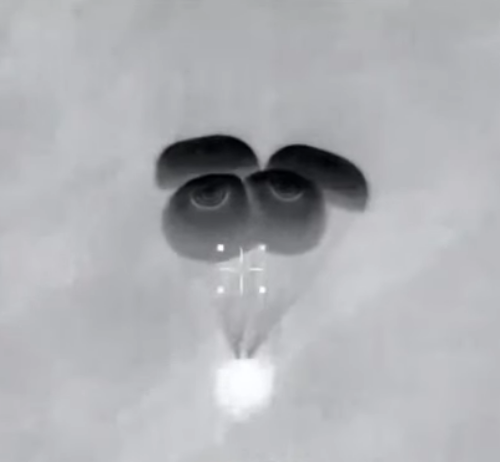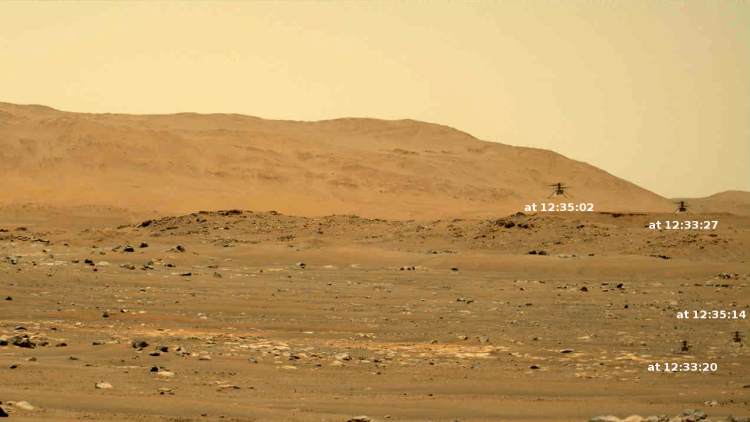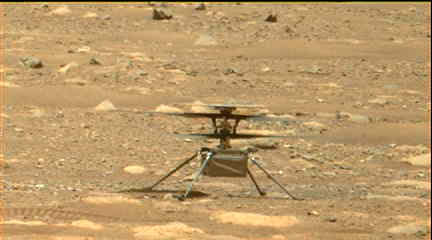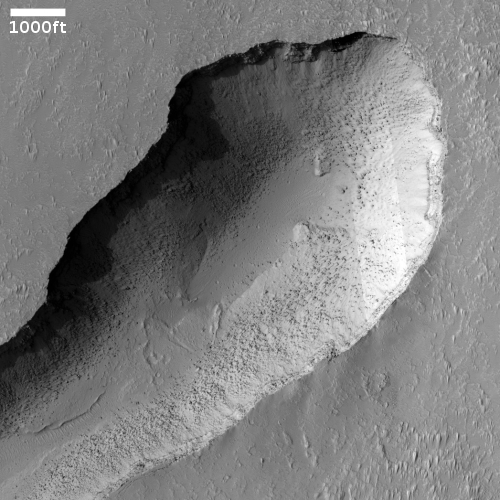Resilience successfully splashes down in Gulf of Mexico

Capitalism in space: SpaceX’s Resilience capsule successfully splashed down tonight in Gulf of Mexico, returning four astronauts from a six month mission on ISS.
The infrared image to the right was taken from an airplane, just after the main parachutes deployed.
They are presently in the process of recovering the capsule and crew, which will take another hour or so. You can watch SpaceX’s live stream here.
Resilience’s next flight will be the first entirely commercial manned orbital flight, presently scheduled for September 15, 2021. Dubbed Inspiration4, it will carry four private passengers for a flight of two to four days. They will not dock with ISS, but instead orbit the Earth freely. SpaceX will also replace the docking port on Resilience with a domed cupola to provide the passengers more room and a great view during their flight.

Capitalism in space: SpaceX’s Resilience capsule successfully splashed down tonight in Gulf of Mexico, returning four astronauts from a six month mission on ISS.
The infrared image to the right was taken from an airplane, just after the main parachutes deployed.
They are presently in the process of recovering the capsule and crew, which will take another hour or so. You can watch SpaceX’s live stream here.
Resilience’s next flight will be the first entirely commercial manned orbital flight, presently scheduled for September 15, 2021. Dubbed Inspiration4, it will carry four private passengers for a flight of two to four days. They will not dock with ISS, but instead orbit the Earth freely. SpaceX will also replace the docking port on Resilience with a domed cupola to provide the passengers more room and a great view during their flight.








